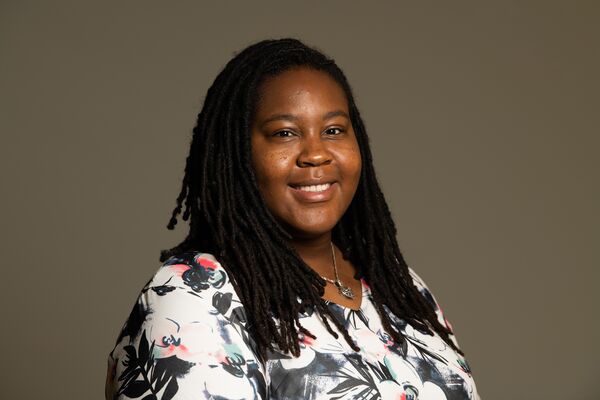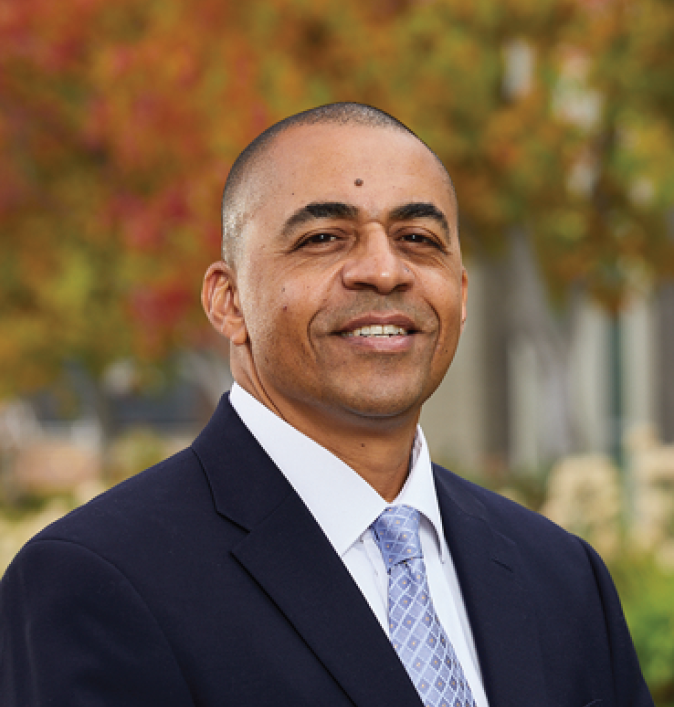Colloquium Archive
Multi-scale multi-physics requirements for space reactors
SPEAKER: Vedant K. Mehta, Ph.D. R&D Engineer DATE/TIME: FRI, 10/14/2022 – 3:00PM TO 4:00PM LOCATION: 3105 ETCHEVERRY HALL Fall 2022 Colloquium Series Abstract: Next-gen small nuclear reactors or microreactors are gaining significant attention due to their utilization extending to civilian, military, and space applications. A few of the unique features that distinguish these reactors from…
Read MoreThe SPARC Toroidal Field Model Coil and the high-field path to fusion energy
SPEAKER: Zach Hartwig The Robert N. Noyce Career Development Professor and Associate Professor of Nuclear Science and Engineering DATE/TIME: FRI, 10/07/2022 – 3:00PM TO 4:00PM LOCATION: Webinar Fall 2022 Colloquium Series Abstract: Recent advances in high field superconducting magnet technology have opened a pathway to achieving fusion energy on accelerated timescales that could enable fusion…
Read MoreOnline monitoring capabilities for harsh environments
SPEAKER: Shirmir D. Branch Chemist, Pacific Northwest National Laboratory DATE/TIME: FRI, 09/30/2022 – 3:00PM TO 4:00PM LOCATION: 3105 ETCHEVERRY HALL Fall 2022 Colloquium Series Abstract: The application of online monitoring to harsh environments, such as nuclear waste streams or molten salt reactors, presents the potential to enhance fundamental processes while significantly reducing operation cost, risk,…
Read MoreEmerging Applications in Materials Science and Advanced Manufacturing at Lawrence Livermore National Laboratory
SPEAKER: Manyalibo J. Matthews, Ph.D. Division Leader, Materials Science Division Lawrence Livermore National Laboratory DATE/TIME: FRI, 09/23/2022 – 3:00PM TO 4:00PM LOCATION: 3105 ETCHEVERRY HALL Fall 2022 Colloquium Series Abstract: The International Atomic Energy Agency (IAEA) defines severe accidents as “Accident conditions more severe than a design basis accident and involving significant core degradation”. Fukushima-Daiichi, Chernobyl,…
Read MoreApplying chemical biology to expand the range of actionable targets for nuclear medicine applications
SPEAKER: Dr. Michael Evans Associate Professor in Residence, Department of Radiology and Biomedical Imaging, Pharmaceutical Chemistry, UCSF DATE/TIME: FRI, 09/09/2022 – 3:00PM TO 4:00PM LOCATION: Webinar Fall 2022 Colloquium Series About the Speaker: Michael Evans, PhD, is an Associate Professor in Residence in the UCSF Department of Radiology and Biomedical Imaging. He is a…
Read MoreMaking Sense of Nuclear Infrastructure Risks in Ukraine
SPEAKER: Jake Hecla PhD candidate in the Department of Nuclear Engineering at the University of California DATE/TIME: FRI, 08/26/2022 – 3:00PM TO 4:00PM LOCATION: 3105 ETCHEVERRY HALL Fall 2022 Colloquium Series Abstract: The Russian invasion of Ukraine is the first war in which nuclear powerplants and waste management areas have been a major focus of…
Read More




